At two hundred eighty-two feet long and one hundred fifteen feet wide, the Basilica was constructed by private funds between 1872 and 1880. It was dedicated to the Virgin Mary because of her supposed role in protecting Lyon from the bubonic plague of 1643, as well as from a cholera epidemic in 1832 and the Prussian invasion of 1870. With its four main towers and a bell tower, which is topped with a gilded statue of the Virgin Mary, the Basilica ,which has the best views over the city, has become a symbol of Lyon and sees two and a half million visitors per year.
|
Perched atop the Fourvière Hill ( meaning “the hill which prays”), overlooking the city of Lyon, is the Basilica Notre-dame de Fourvière. The site on which it is built was once the Roman forum Vetus (old forum) under Trajan. The Fourviere Hill has a long history of being popular for pilgrimages and has had a shrine to the Virgin Mary on it since 1170. At two hundred eighty-two feet long and one hundred fifteen feet wide, the Basilica was constructed by private funds between 1872 and 1880. It was dedicated to the Virgin Mary because of her supposed role in protecting Lyon from the bubonic plague of 1643, as well as from a cholera epidemic in 1832 and the Prussian invasion of 1870. With its four main towers and a bell tower, which is topped with a gilded statue of the Virgin Mary, the Basilica ,which has the best views over the city, has become a symbol of Lyon and sees two and a half million visitors per year. The Basilica Notre-Dame de Fourviere is such an imposing sight atop the Fourviere hill, it can be seen from most of Lyon. Built in the late-1800’s, it sits on the site of the former Roman forum Vetus (which was commissioned by Trajan). A 1910 depiction of the Basilica. The interior , with its many mosaics, is incredibly gorgeous. Images of the Virgin Mary abound throughout the Basilica... ...such as in the beautiful stained glass windows... ...in stunning mosaics... ...and elaborate statuary. We can’t say enough about how beautiful the interior is. The designs and workmanship are amazing. Next to the Basilica is this replica of the Eiffel Tower, which serves as a radio and television transmission point. From the grounds of the Basilica are absolutely wonderful views of Lyon.
0 Comments
Facing La Place des Terreaux (site of the famous Bartholdi fountain) is the largest historic building in Lyon; L’Hotel de Ville (City Hall). At one time, this space was nothing more than a swamp, called Terralia Nova (meaning “new pit of earth and water” which was used by crossbow men as a training location, as well as a trap for invaders from the north), before being filled in during 1578. The building that was to become City Hall was constructed between 1645 and 1672. A devastating fire in 1674 caused extensive damage. Eventually, the building was reconstructed and modified - including four sets of arched windows, topped with medallions depicting the Bourbon dynasty. Above the windows is the symbolic lion of the city and a half-relief of King Louis XIV riding a horse. At the top of the building is a clock tower and belfry. The interior of City Hall included very high ceilings and ornate decorations. During the French Revolution, the Square in front of City Hall was used for public executions ( a total of 79 beheadings occurred here). By 1886, the building had been designated a historic monument. Along one side of La Place des Terreaux is Bartholdi’s “Char Triomphant de la Garonne” fountain depicting France as a female driving a chariot pulled by four wild horses (which represented the four great tributaries of the Garonne River). This fountain was originally destined for the city of Bordeaux but was eventually purchased by the mayor of Lyon in 1892 when Bordeaux could not come up with the money to pay for the fountain. Today, L’Hotel de Ville and La Place des Terreaux have been designated as part of the UNESCO World Heritage sites . L’Hotel de Ville (City Hall) as viewed fro La Place des Terreaux. An 18th century painting depicting Lyon’s City Hall and the square in front of it. At one time, the square was nothing more than a swampy pit. Later on, during the French Revolution, public executions by means of the guillotine took place in this square. Lyon’s municipal council conducts the city’s business in this chamber. This magnificent staircase takes visitors to the upper floors where very ornate rooms are located. Full of gold and red tapestry, the Red Salon was a place for small meetings. For grand balls, the “Salon D’Honneur” (also known as the Justin Godart Salon) was the place to be. Frederic AugustenBartholdi, French sculpture and creator of the Statue of Liberty, created this magnificent fountain that sits in the square in front of City Hall.
Over two thousand years ago, the Romans occupied the area that is now known as Lyon, France. In order to provide entertainment for their inhabitants here, they built two theaters on the Fourvière hill overlooking the city. The larger of the theaters was constructed in stages. Beginning around 15 BC, Augustus had a 295 foot diameter theater constructed for comedies and tragedies. By the start of the second century, this was enlarged to 354 feet in diameter in order to provide more audience space (up to 10,000 people). As the largest Roman theater in France, this was divided into three sections; (1) the “Cavea” was the lowest portion of the theater, directly surrounding the orchestra. During bad weather, a “velum” - or awning - was stretched over the Cavea for cover; (2) the “Balteus” was a wall separating the Plebeians (free Roman citizens ) from the Patricians (aristocrats); (3) the semi-circular stage - often decorated with multi-colored geometric patterns - was where the dancers, actors, and choir performed. On the upper portion of the hill, overlooking both theaters are ruins of what were described as vendor establishments (e.g. food and souvenirs). The smaller theater (3000 seats), known as the “Odeon” ( Greek for “theater”) was built during the reign of Hadrian and was used for music, poetry and political or philosophical orators. This was situated next to the larger theater. Today, these two well preserved theaters are primarily tourist attractions, although the larger one still offers occasional performances (while we were exploring this site, we saw folks setting up equipment for one such performance). In the foreground is the 10,000 seat main theater on the Fourvière Hill in Lyon. In the background is the 3000 seat Odeon theater. These two are just a stone’s throw from the Basillica of Notre-Dame de Fourvière which overlooks the city. One of the distinguishing features of the Odeon theater is the mosaic tiled performance area (seen here in the foreground). Even though we are standing on the Odeon’s stage, we are NOT performing on this date (LOL) -just visiting. Above both theaters are ruins of what some believe were shops... ...which probably offered food items and/or souvenirs during performances. During our visit to the theaters, we watched as stage crews set up equipment for a scheduled performance at the larger theater. The portable platform at the top of the track appeared to be bringing audio equipment to the area at the upper seats of the amphitheater. Loading the equipment onto the portable platform.... ...while work on the stage continues.
Nearly three hundred miles south of Paris is Lyon, the third largest city in France. Located at the confluence of the Rhône and Soane rivers, Lyon is the capital of France’s Auvergne-Rhône-Alps region. The city’s history dates back over two thousand years. In 43 BC, the Roman Senate commissioned the creation of a settlement for Roman refugees of the war with the Allobroges. According to the historian Dio Cassius, the refugees fled Vienne and formed the “Colonia Copia Felix Munatia,” which eventually became known as “Lugdunum,” (meaning “Desired Mountain”). Because of its strategic location at the junction of two rivers, the Romans made the settlement a communications hub. Emperors Claudius and Caracalla were born here. Lyon finally came under France’s sphere of influence during the 14th century. In the following century, the city established itself as the economic counting house of France. During the Renaissance, the city was further developed into an important industrial town because of its Silk Trade. When World War II occurred, Lyon was the center of Nazi forces, as well as a stronghold of the French Resistance. Today, as a UNESCO World Heritage site, Lyon is an important tourist destination. Lyon is the regional capital and the third largest city in France. At one time, the Place des Terreaux in front of city hall was nothing but a swampy area. Filled in during the 16th century, it was used for executions at the time of France’s revolution. Today, the square features the Bartholdi fountain, designed by the artist that created the Statue of Liberty for the United States. Bartholdi’s fountain was placed in the square in front of city hall in 1888. It depicts France as a female sitting in a chariot while controlling the four great rivers (symbolized by the horses) of France. La Place Bellacore is one of the largest open squares in Europe. There are many picturesque streets and quaint architecture throughout the city. Overlooking the city is the Basilica of Notre-Dame de Fourvière. Located in the Old Lyon Quarter, is the Eglise Saint-George. Built in 1845 to 1848, it is the third such structure on the site ( the first church was constructed here in 550.
Probably THE most popular attraction in all of Ireland ( at least in our estimation) is “The Ring of Kerry.” Beginning and ending in Killarney, this one hundred eleven mile long circular scenic route in south west Ireland, includes dozens of the most famous tourists sites along the Iveragh peninsular - including the Torc Waterfall, Muckross House, Ross Castle, Gap of Dunloe, etc.). Just off to the side of the Ring of Kerry are the Skellig Islands. Discovered by sixth century monks, these islands later became world famous when they were used as a backdrop for the 2015 Star Wars comeback. As part of the “Wild Atlantic Way, “ the Ring of Kerry provides interesting insights into the history of this island nation; from its old monasteries to its Iron Age forts. According to a number of sources, driving the Ring of Kerry takes about three and a half hours ( but that is without stopping to enjoy any of its wonders...and what fun would that be?). If you enjoy riding bicycles, there is a cycling path that follows the the driving route. Whatever way you explore the Ring of Kerry, you will not be disappointed by the sights experienced. Beginning in Killarney, the 111 mile Ring of Kerry wound around the Iveragh penninsular, ending back where it started, in Killarney. As part of the “Wild Atlantic Way”... ...the Ring of Kerry ran through quaint Irish villages... ...and through the Gap of Dunloe. Along the way were several ring forts.... ...and beehive stone houses. Full of history in its own right, the Skellig Islands became world famous when... ...it was featured in the 2015 Star Wars comeback.
|
Carl and Lorraine Aveni are two retirees planning on traveling through Europe for at least one year.
Archives
September 2020
Categories |
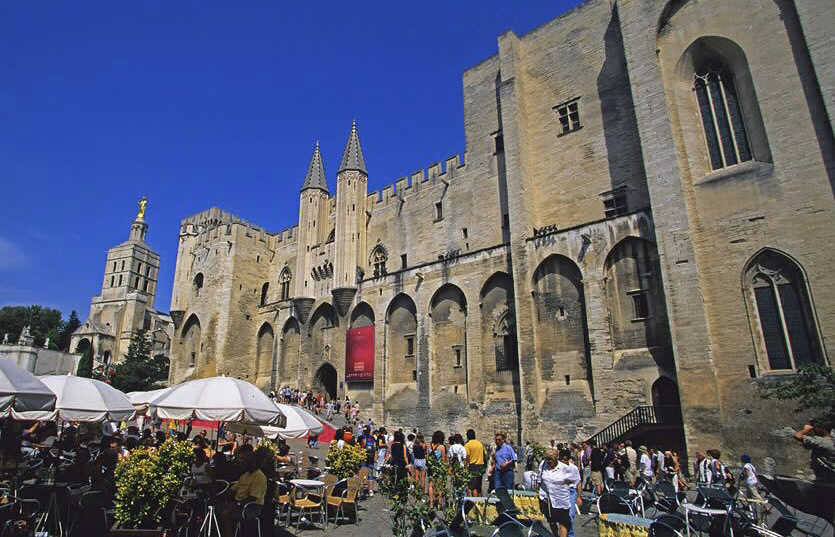
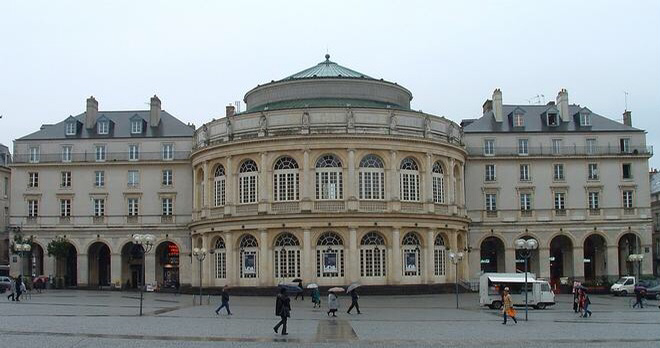
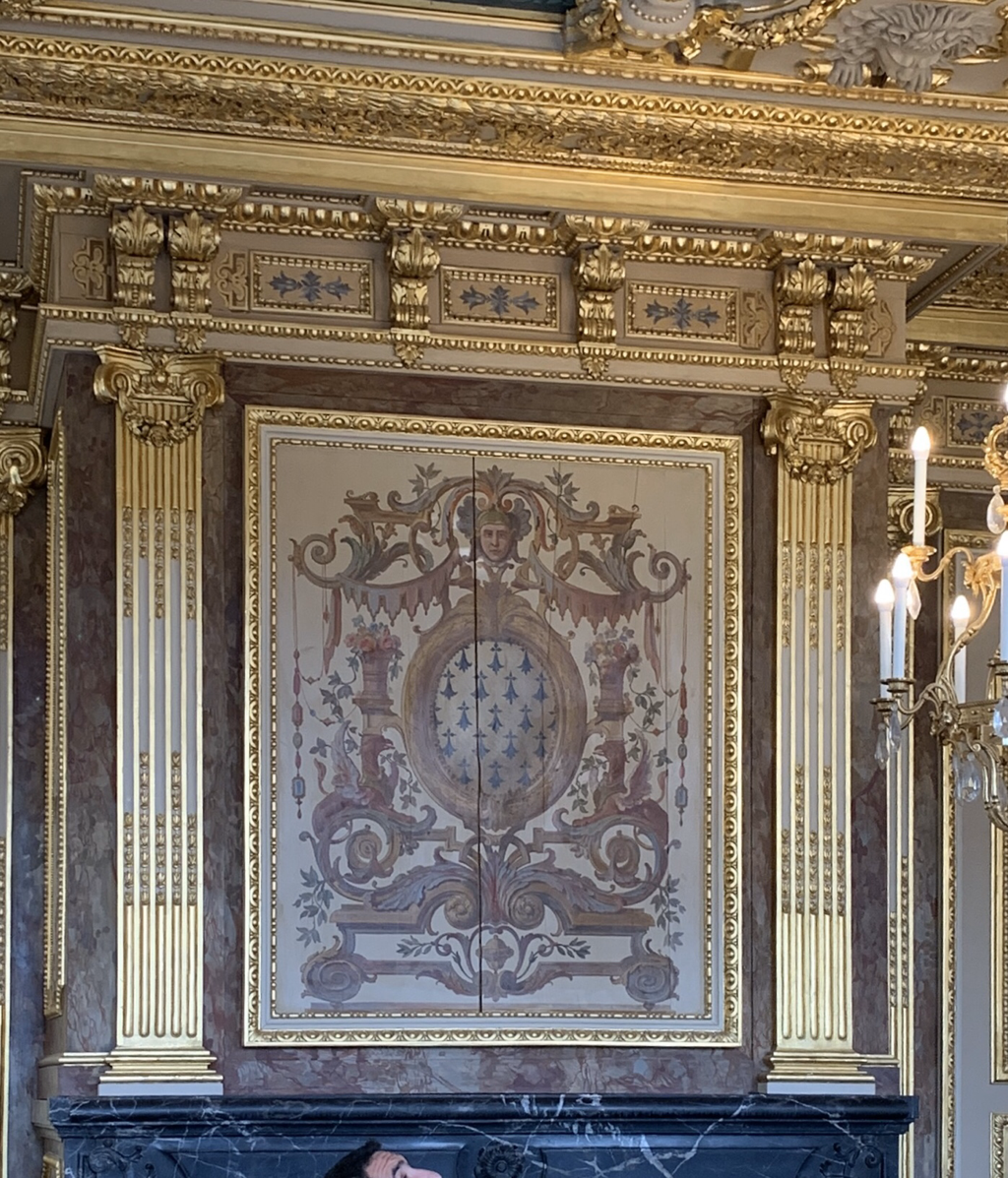
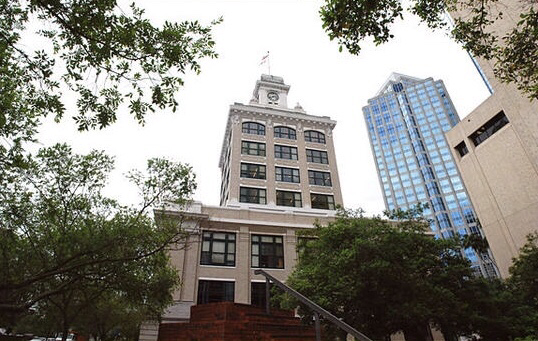
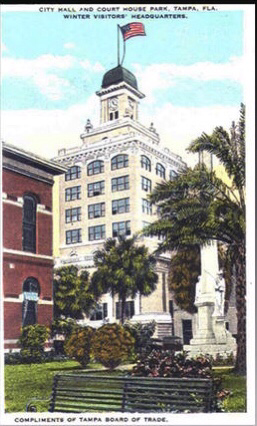
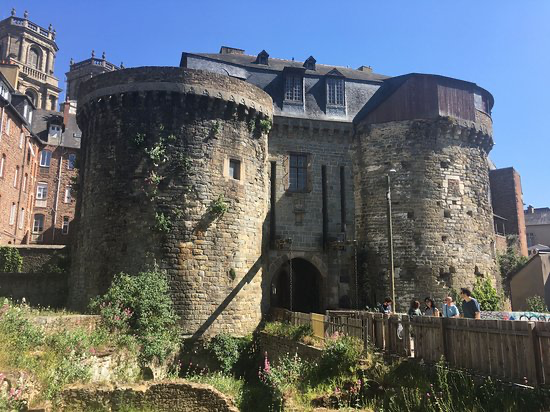
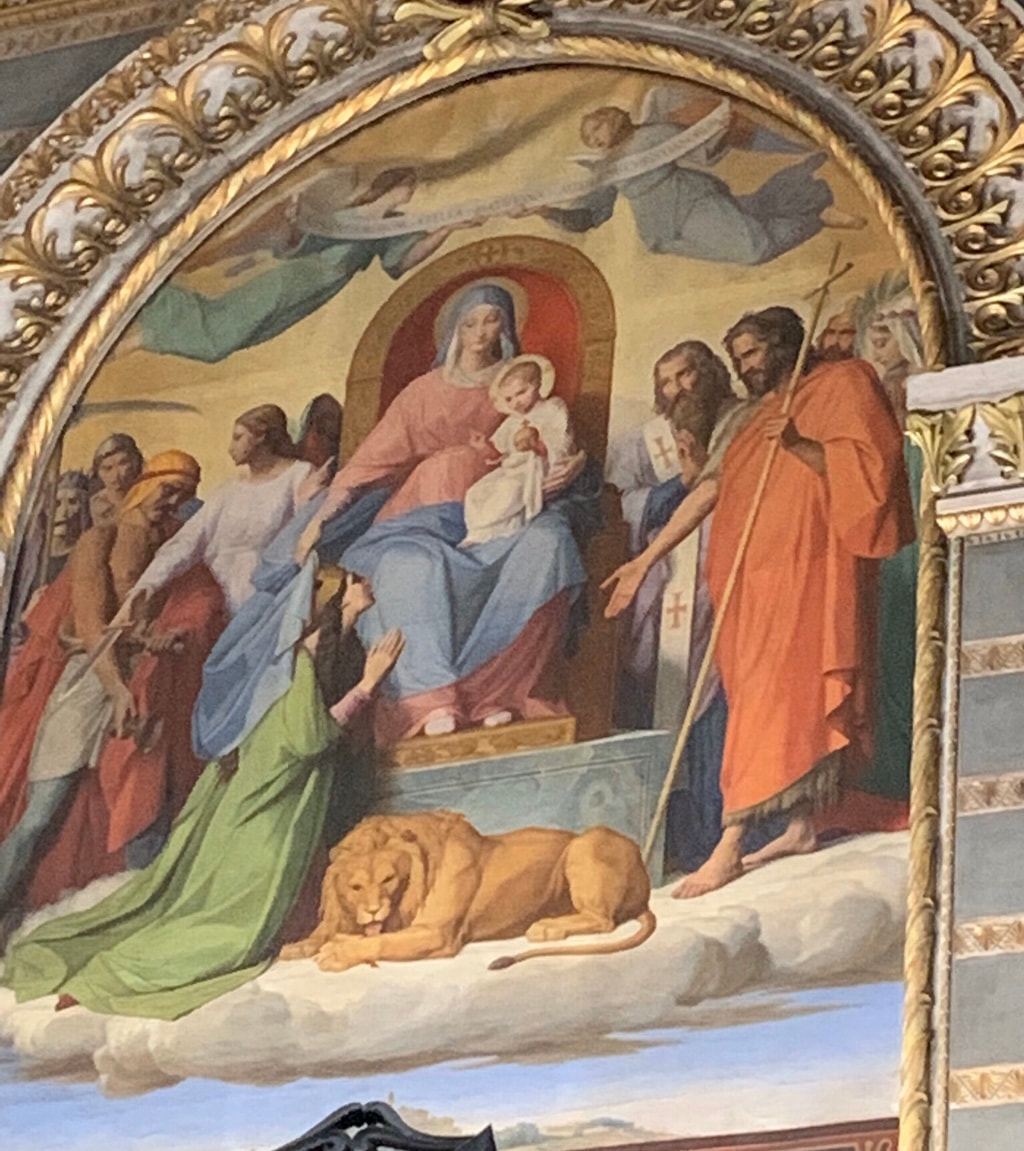
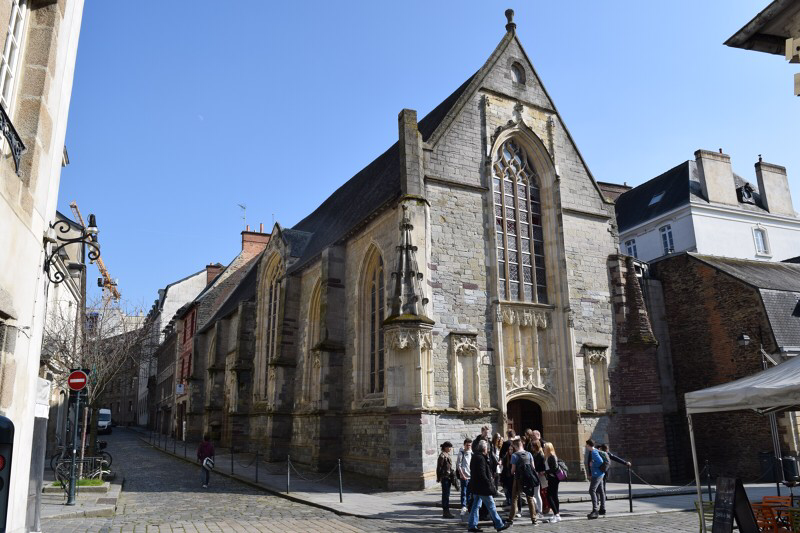
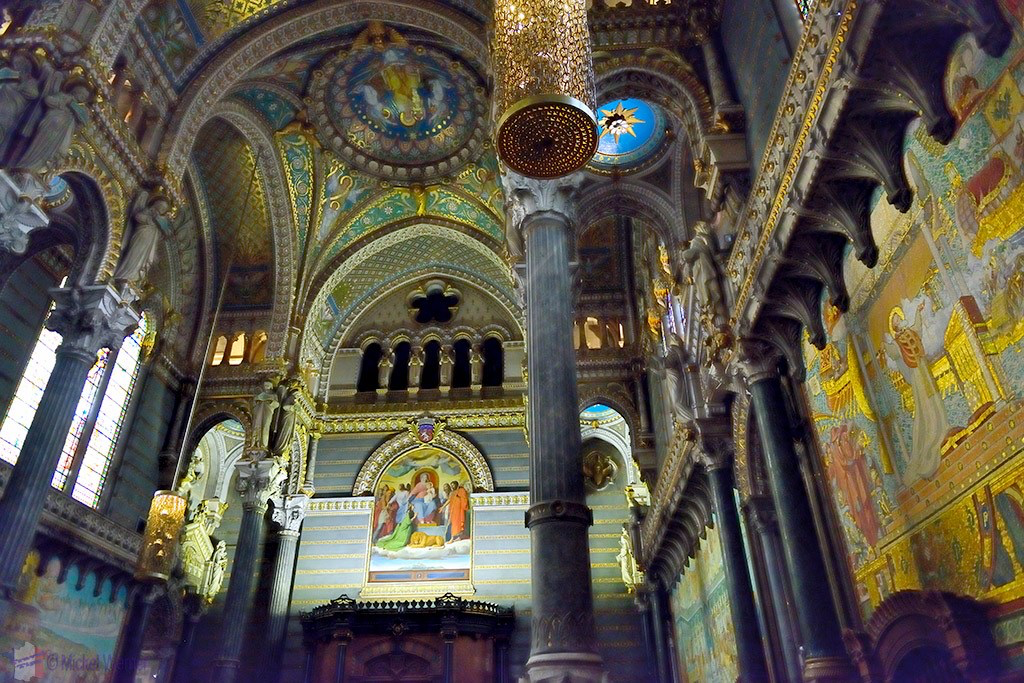
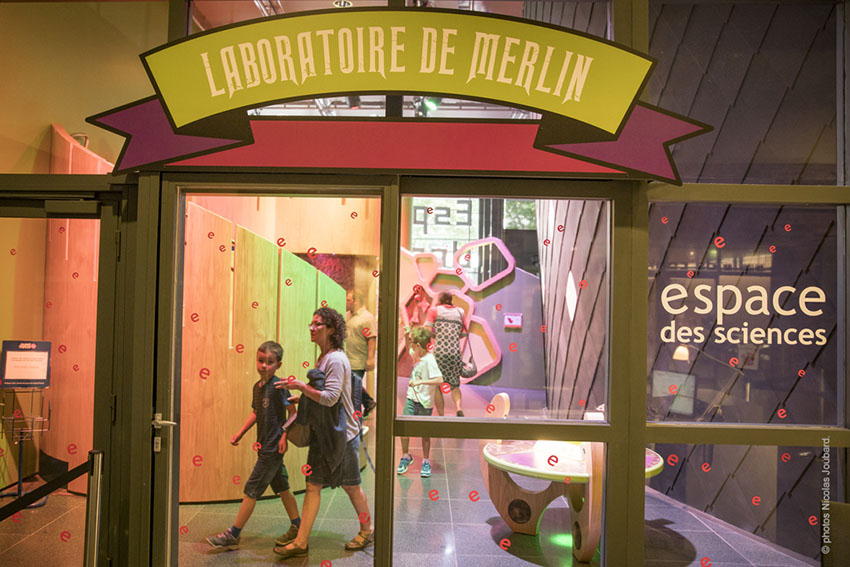
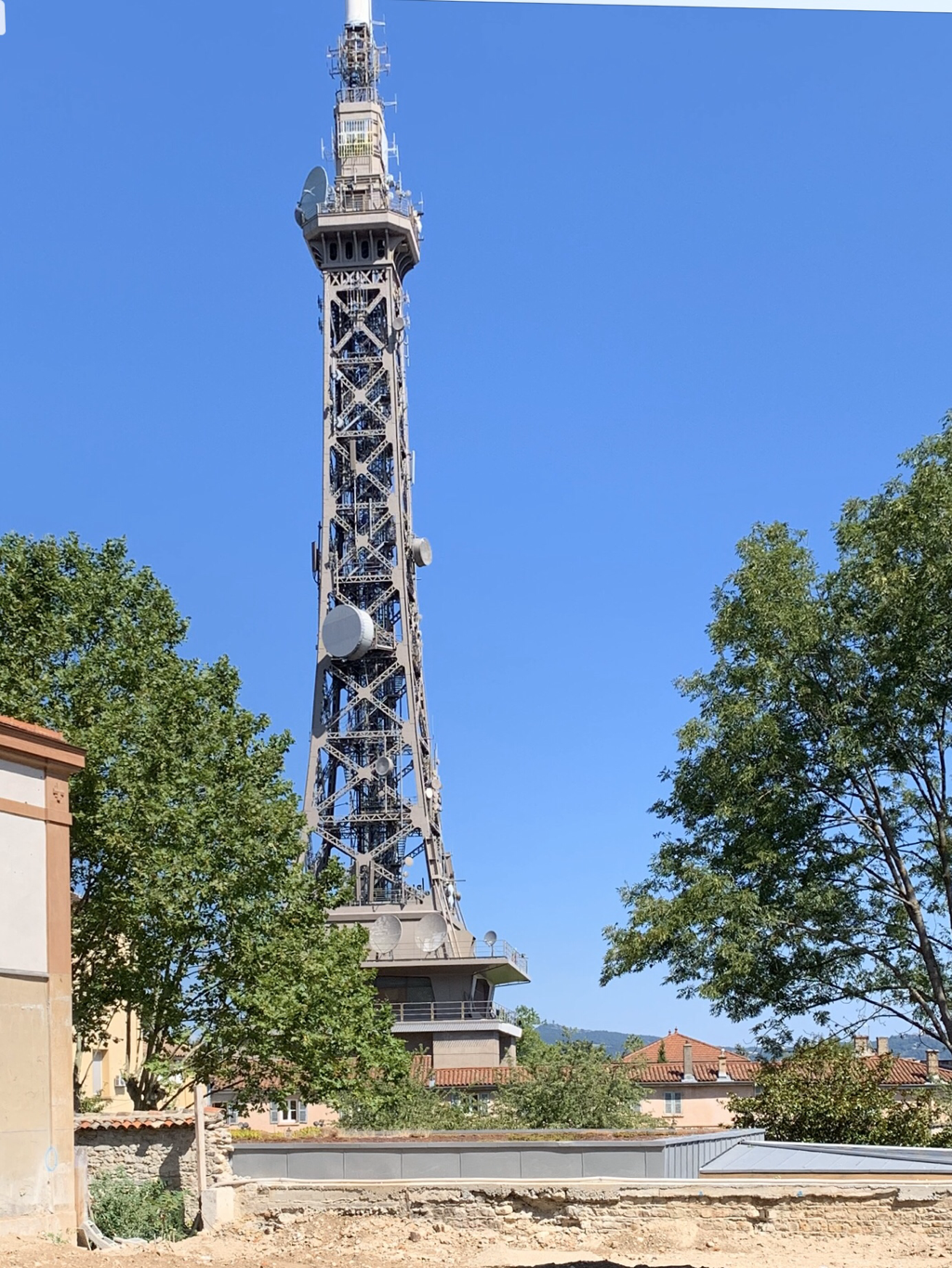
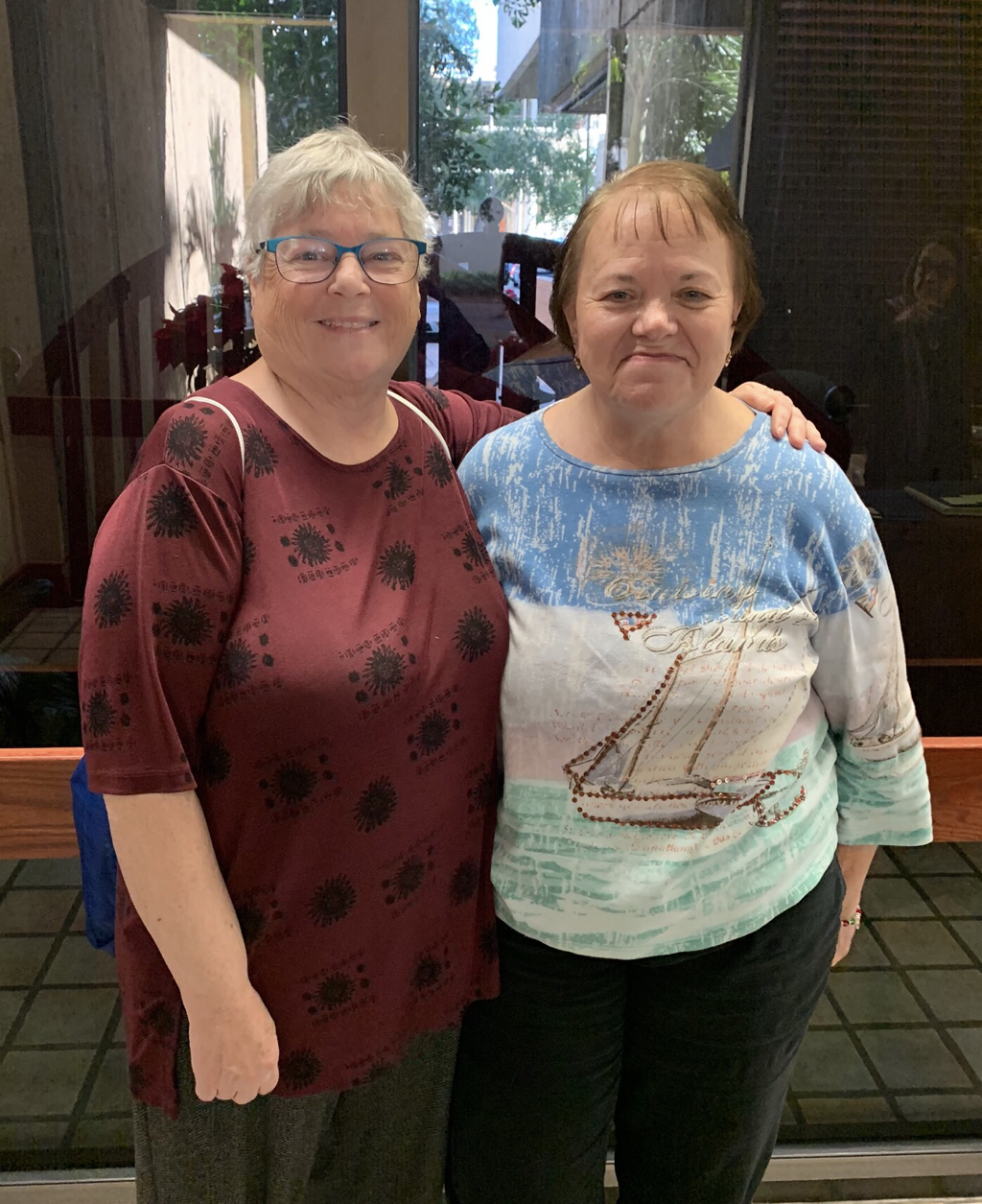
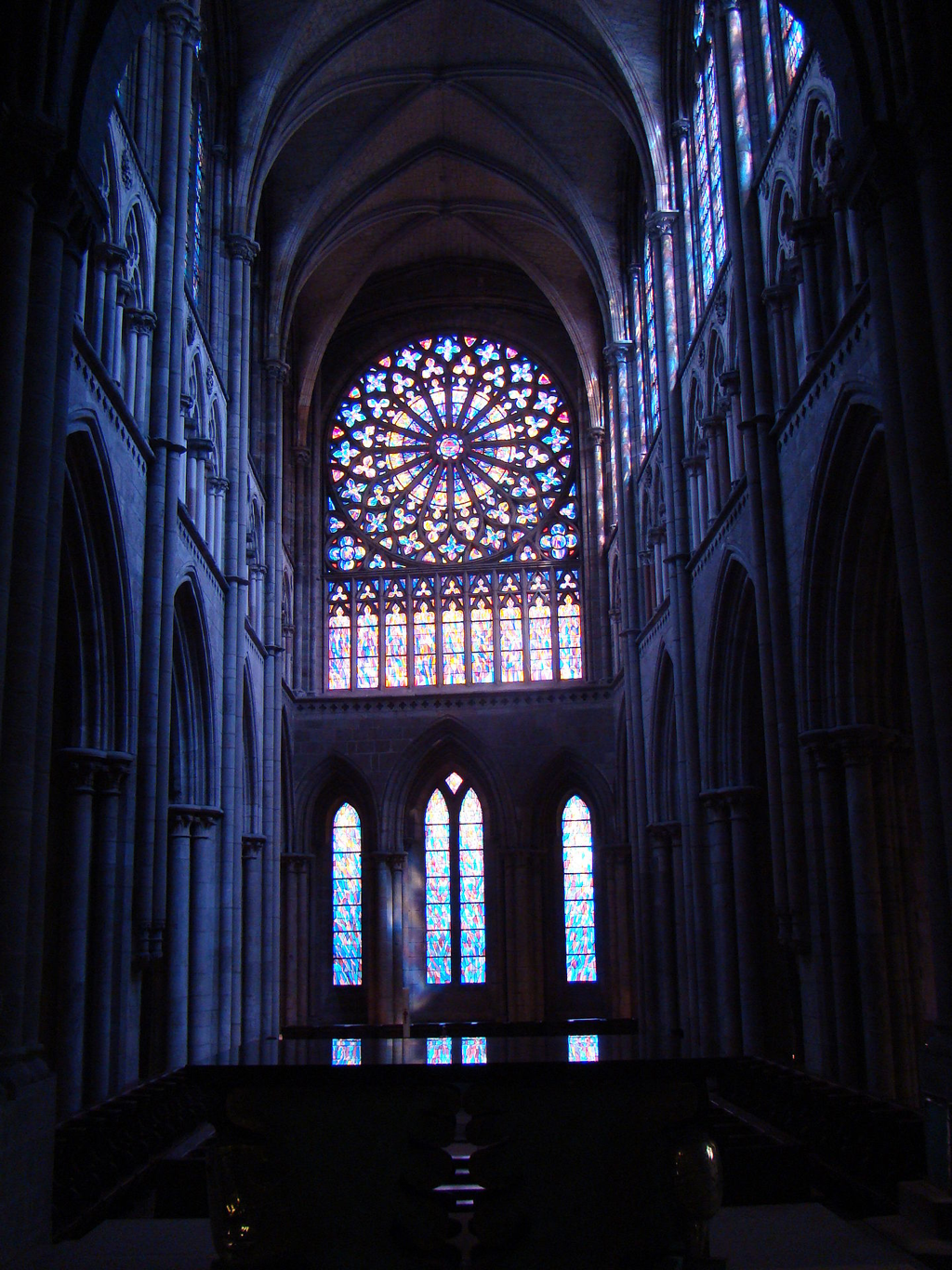
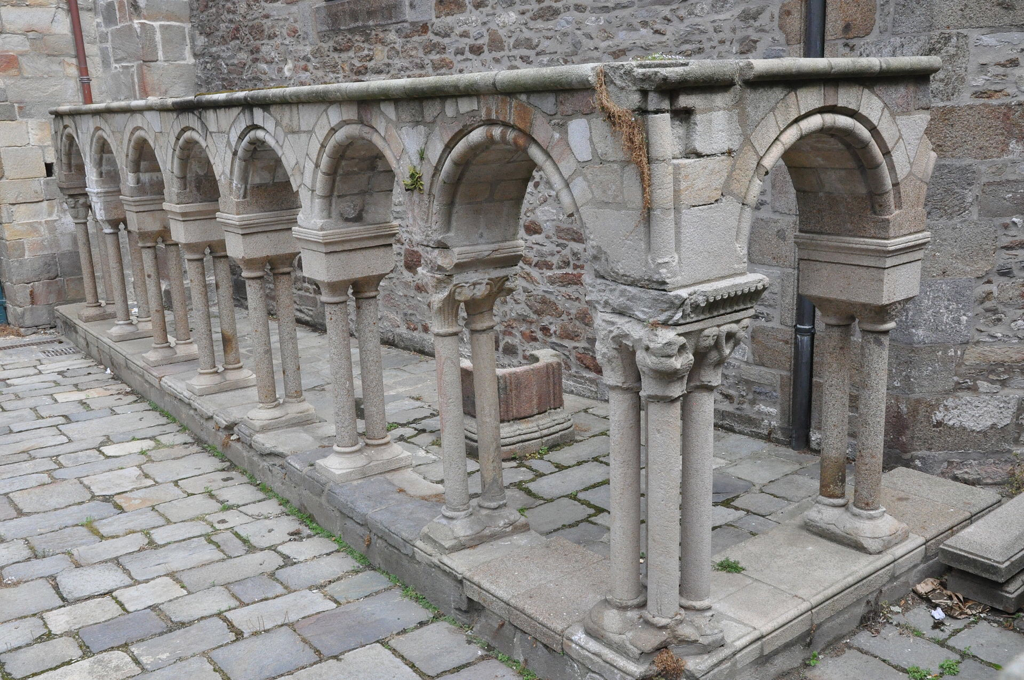
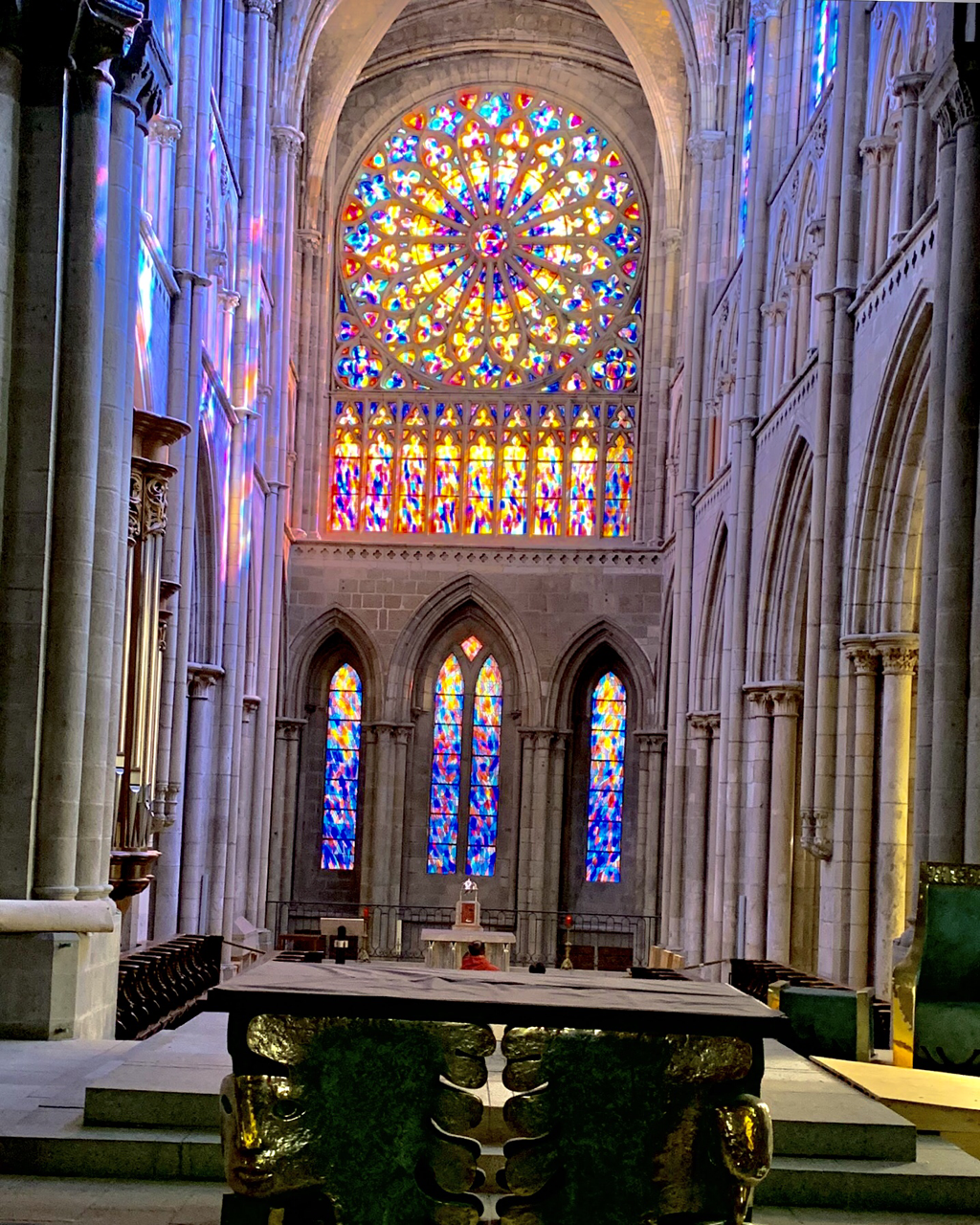
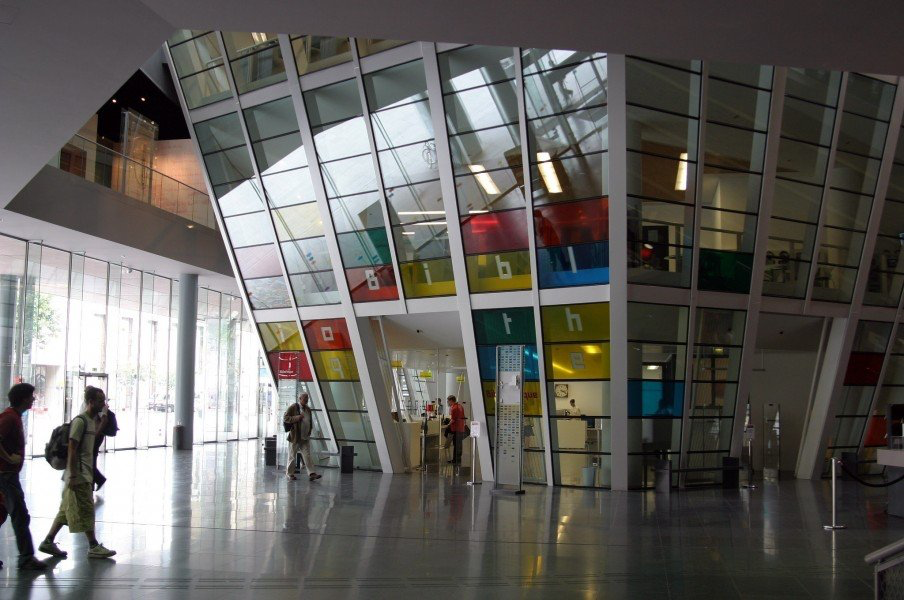
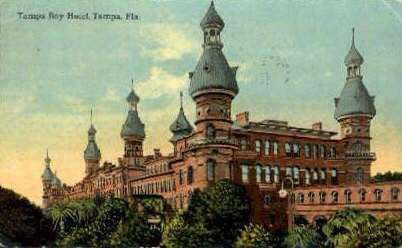
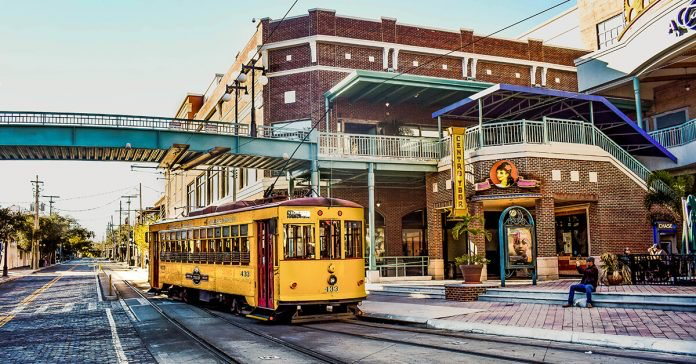
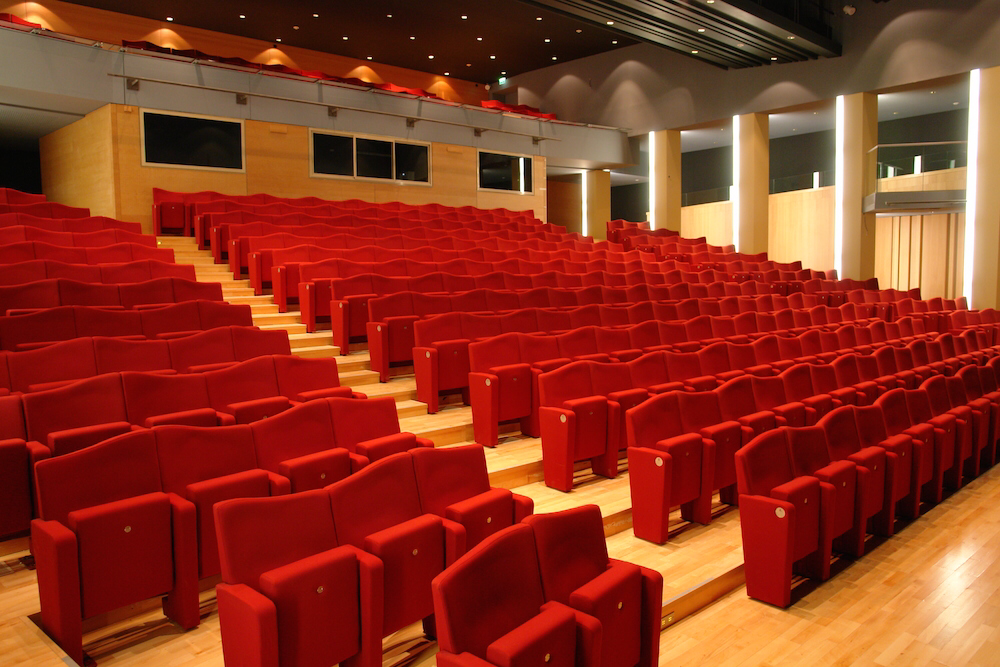
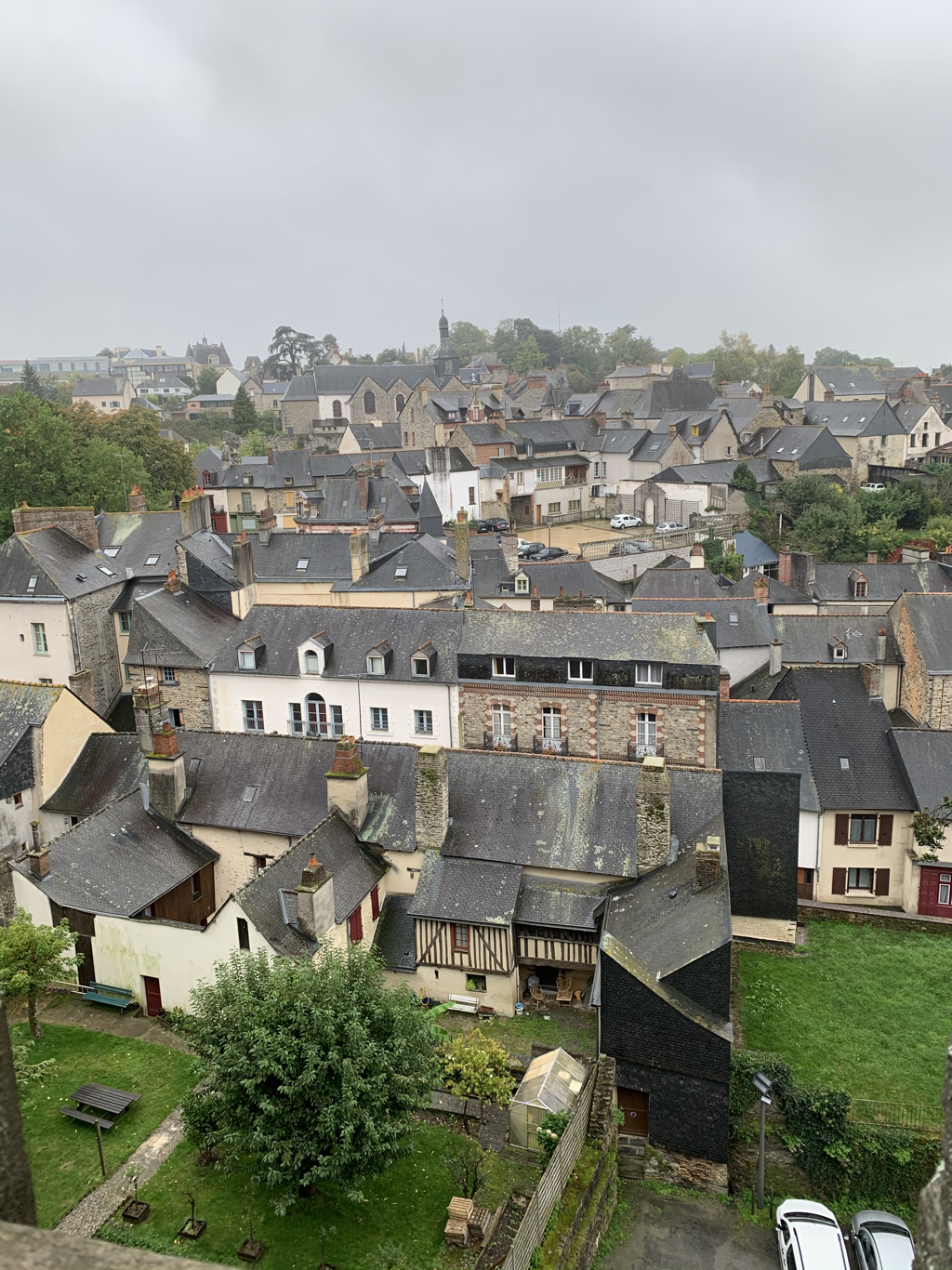
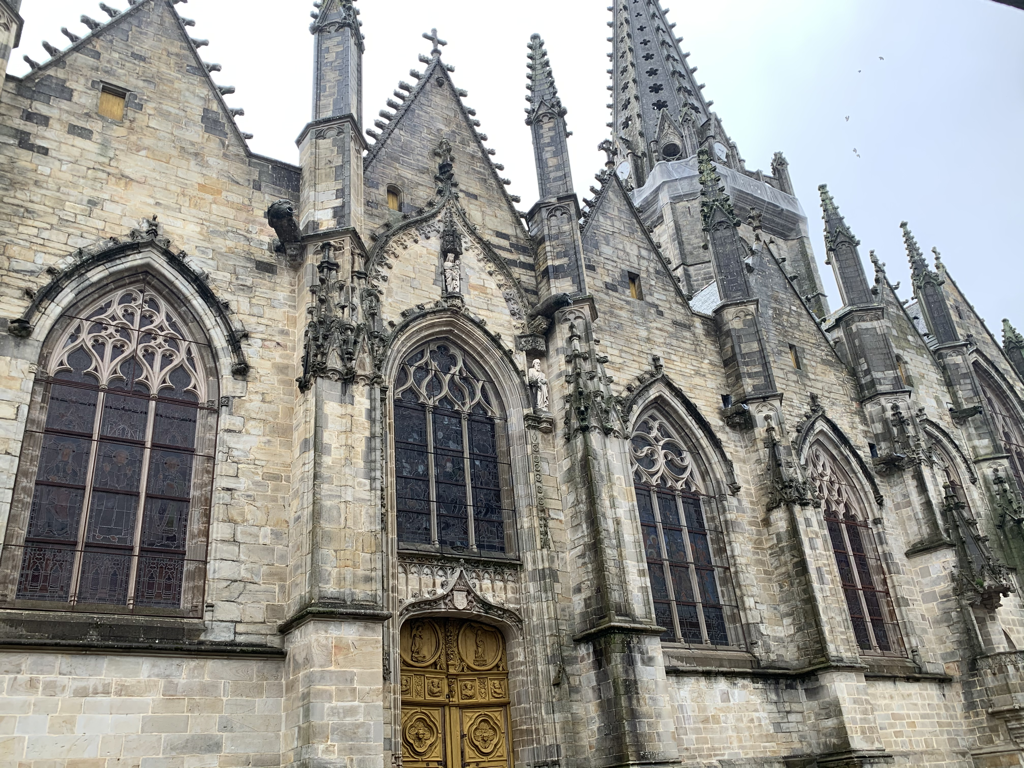
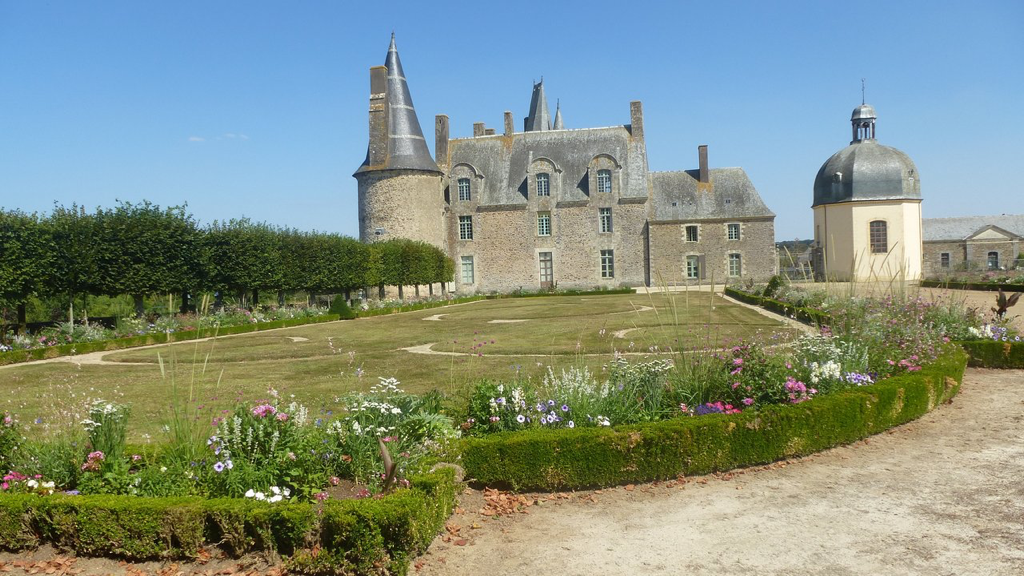
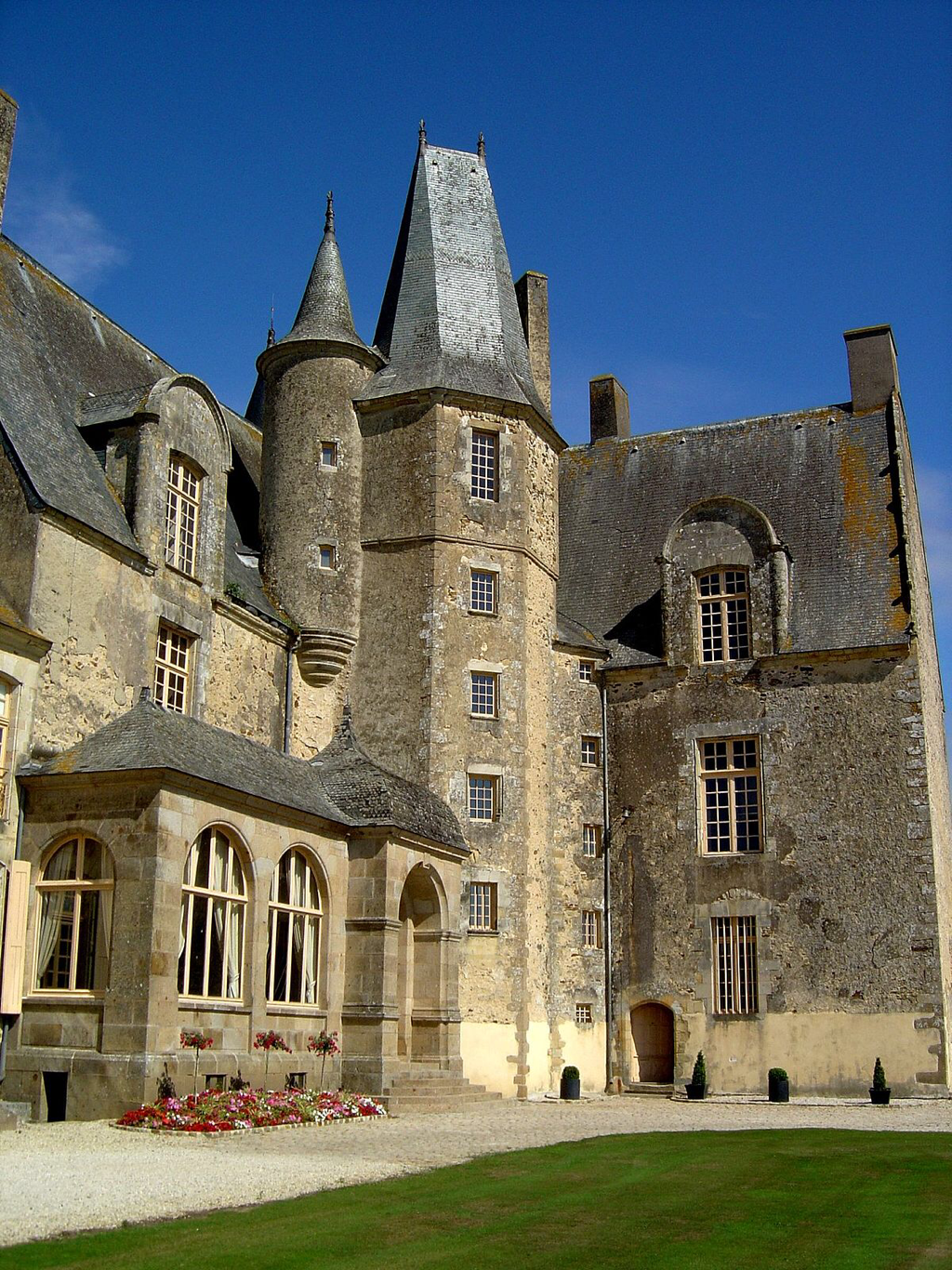
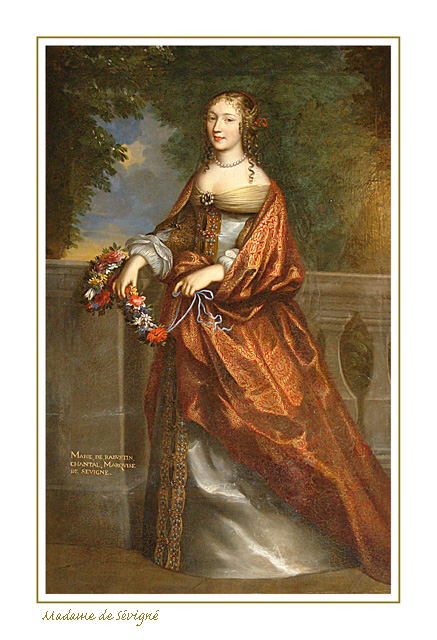
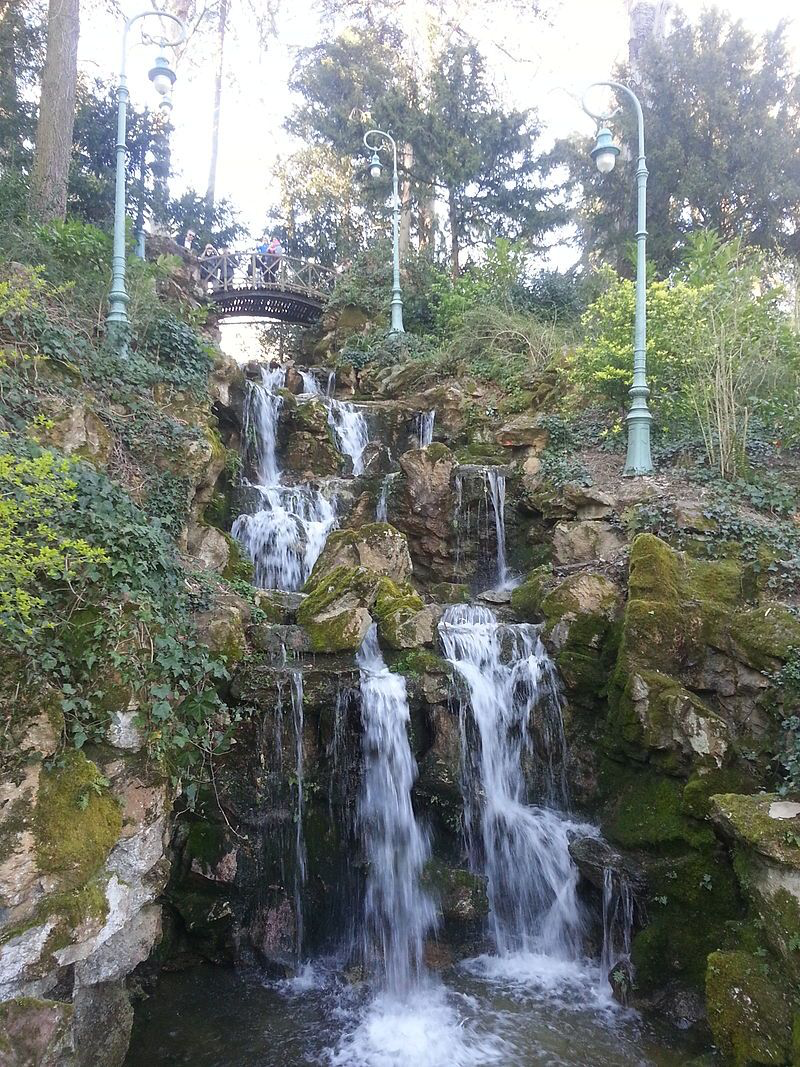
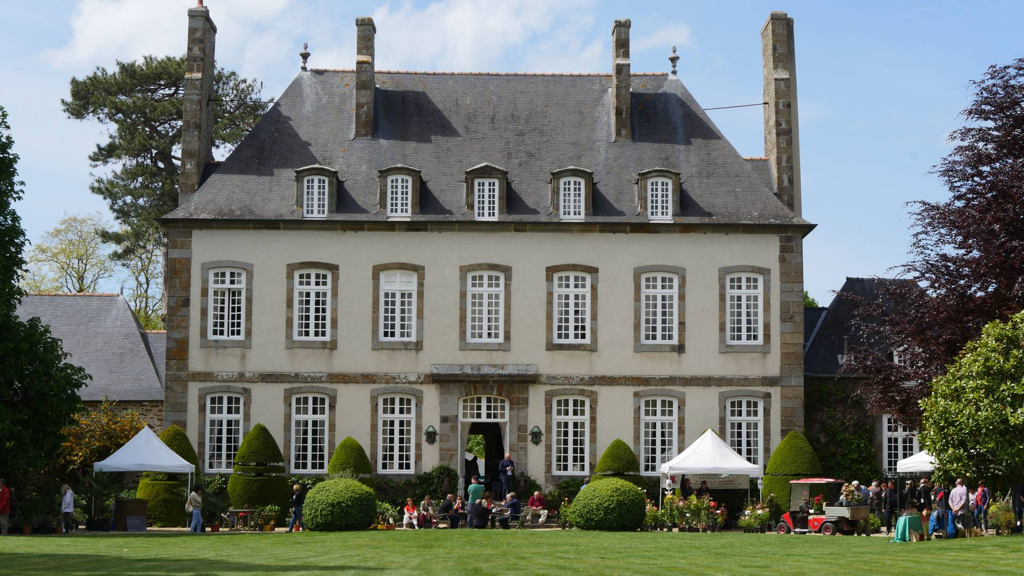
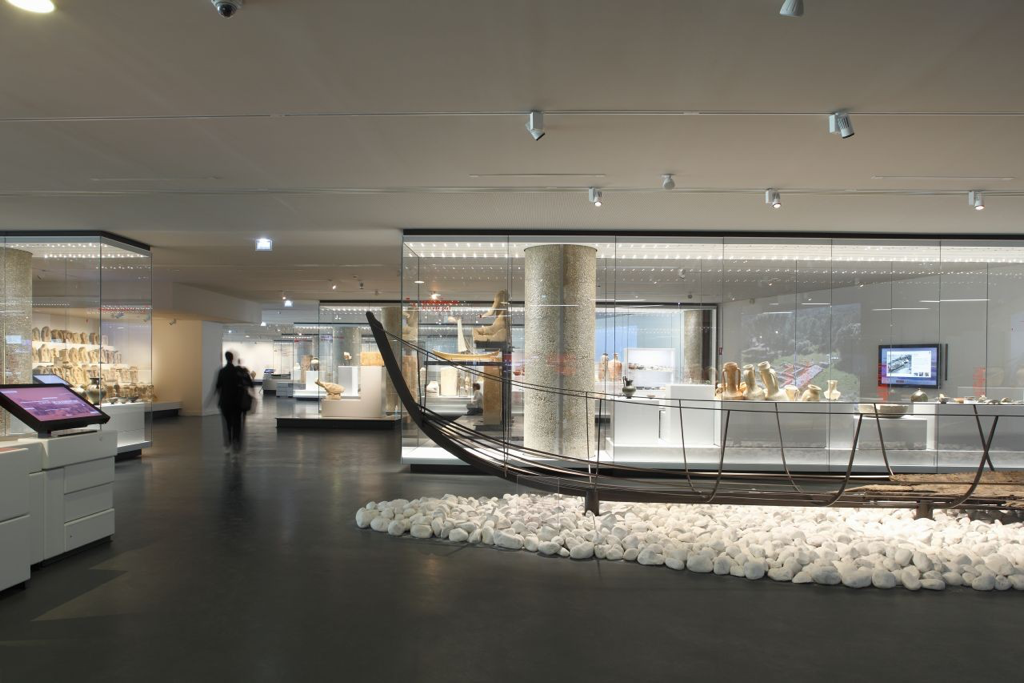
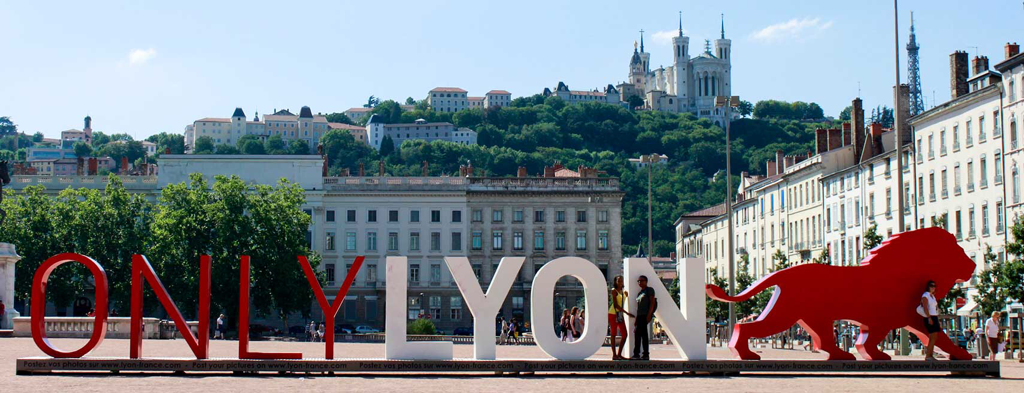
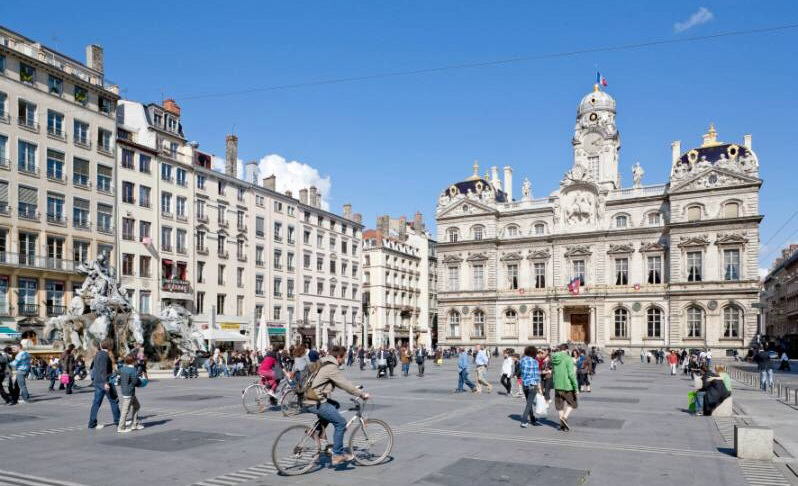
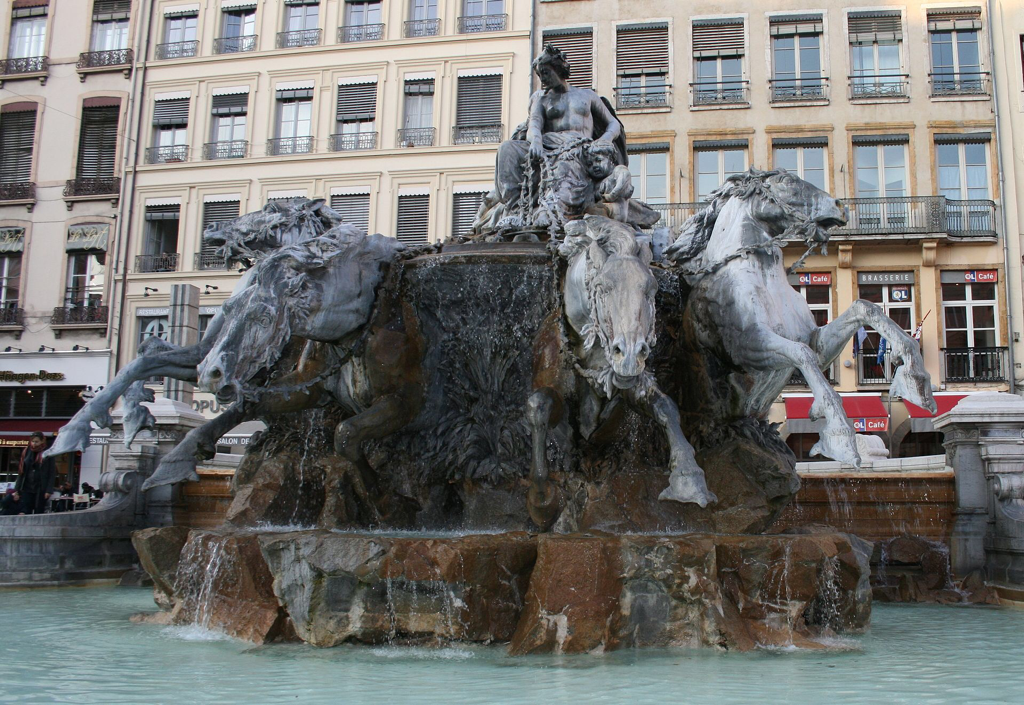
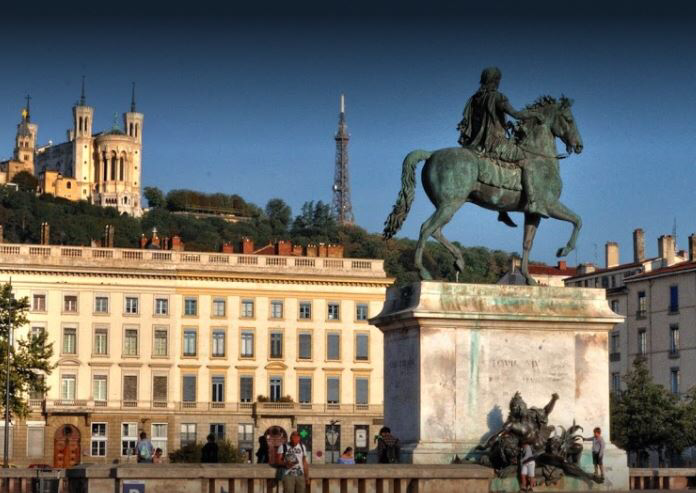
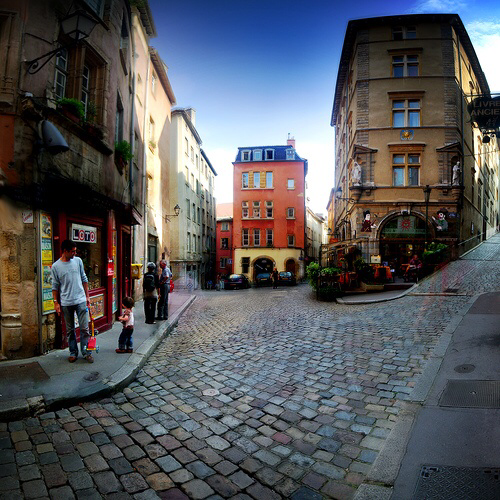
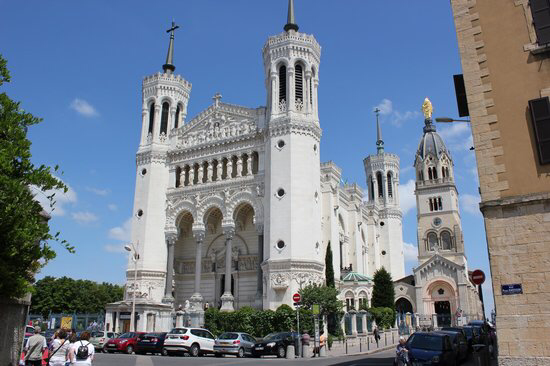
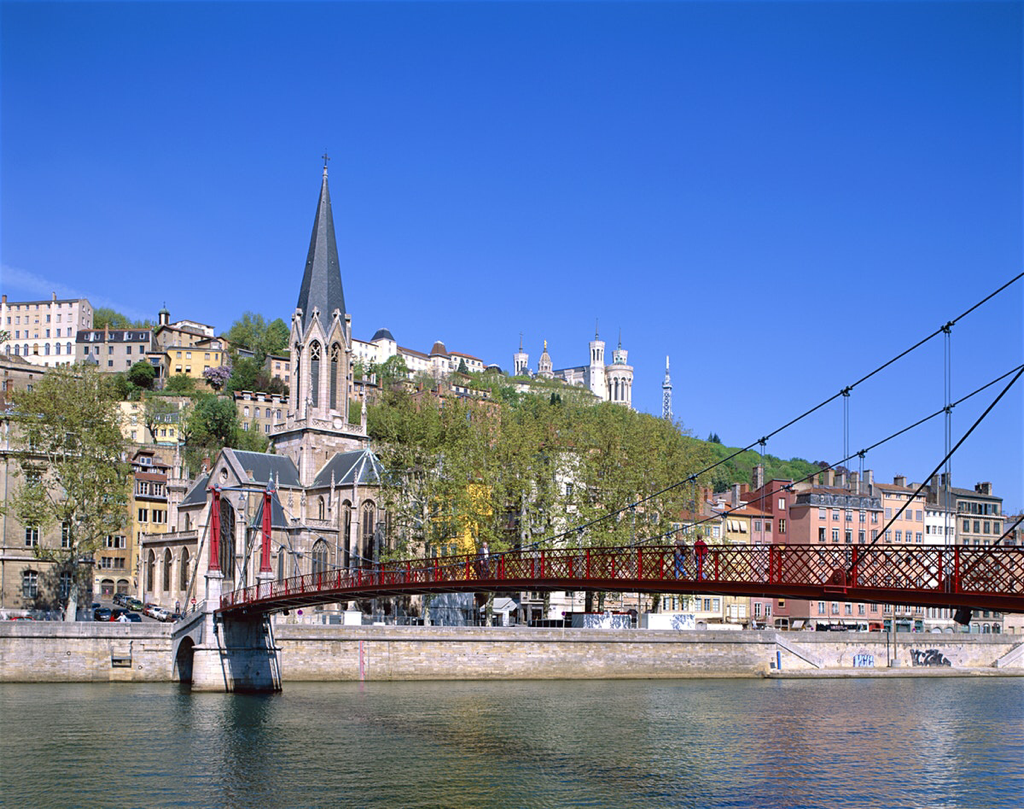
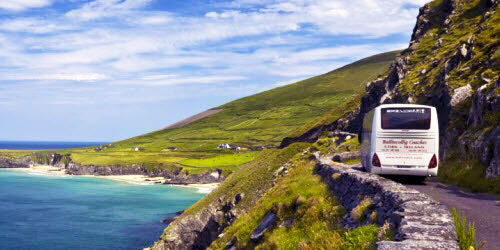
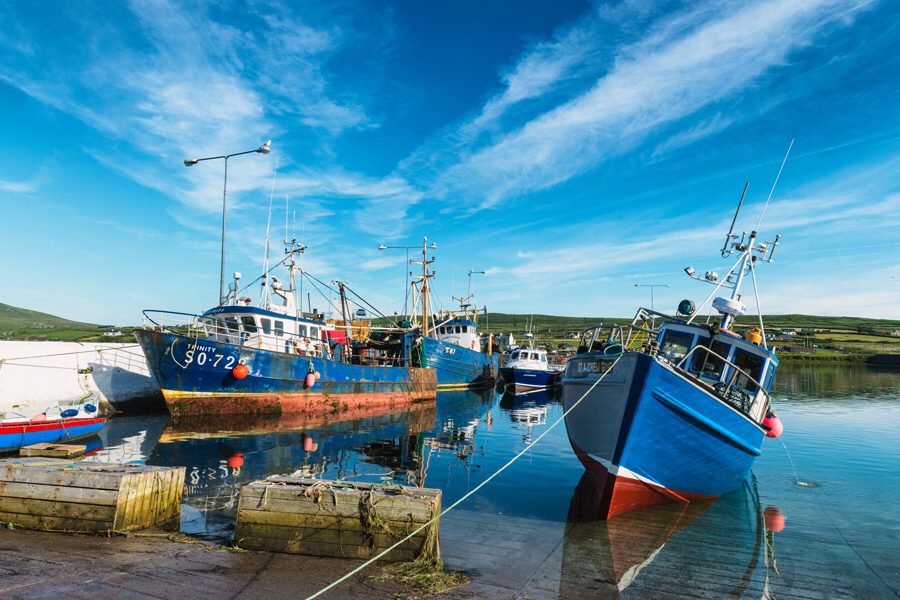
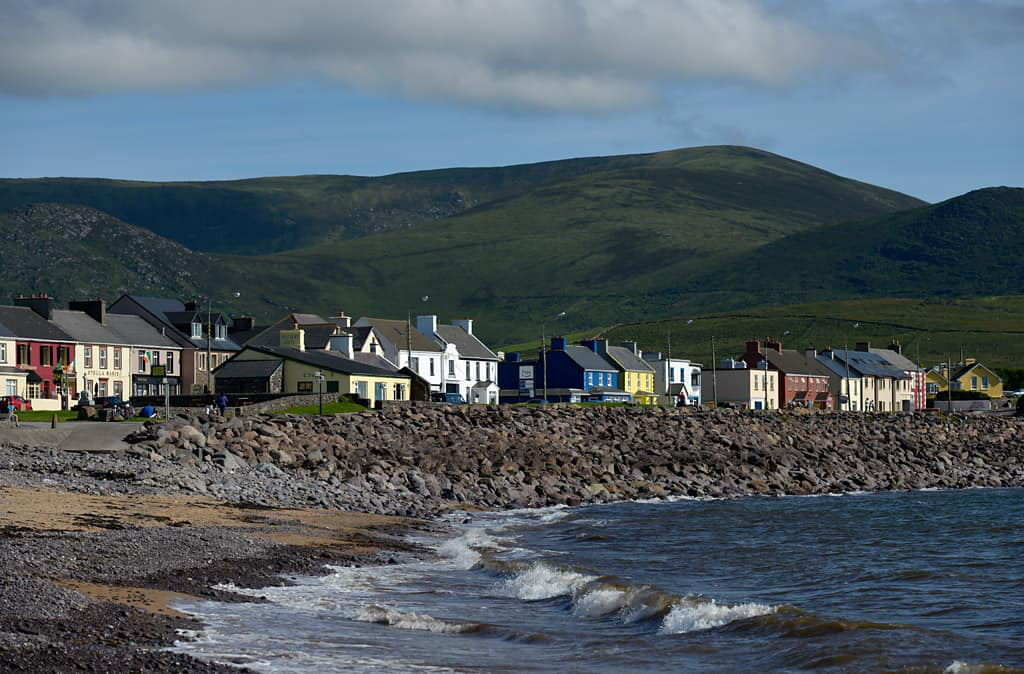
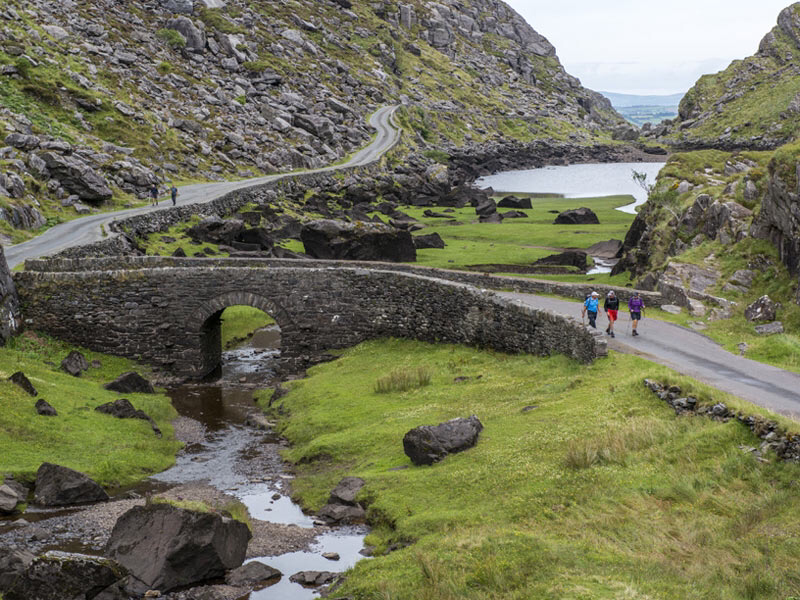
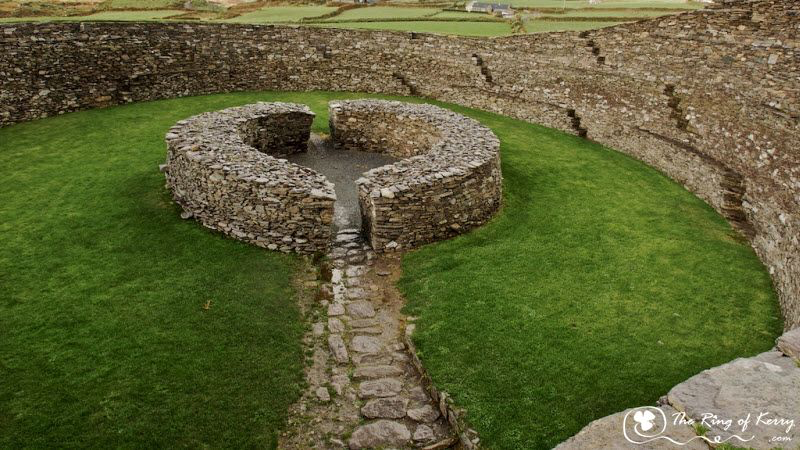
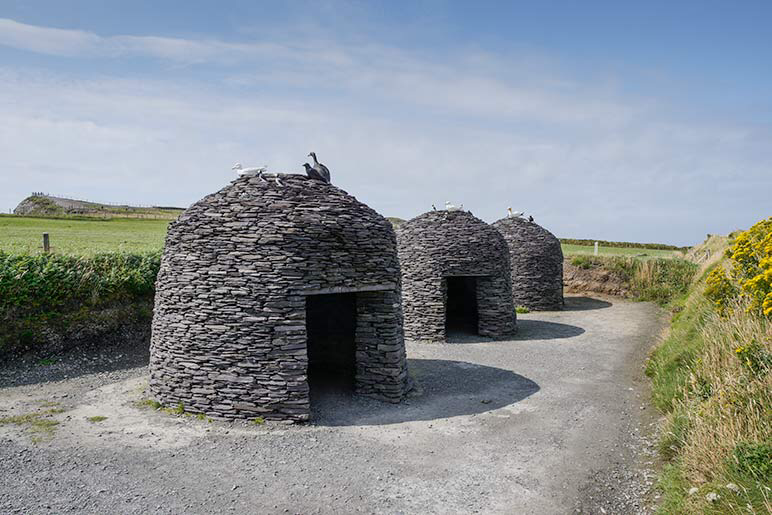
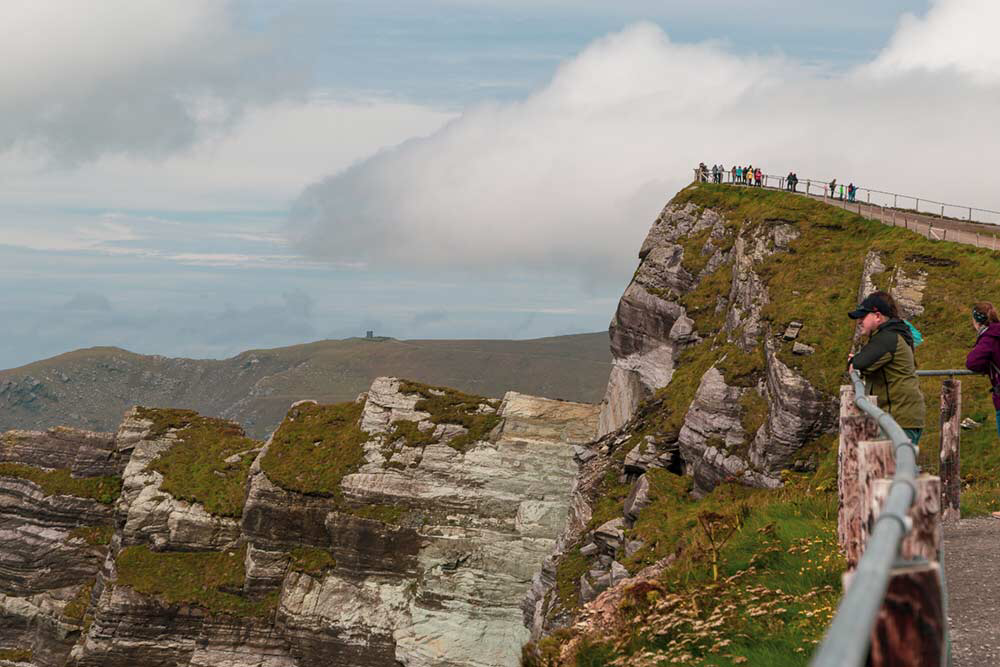
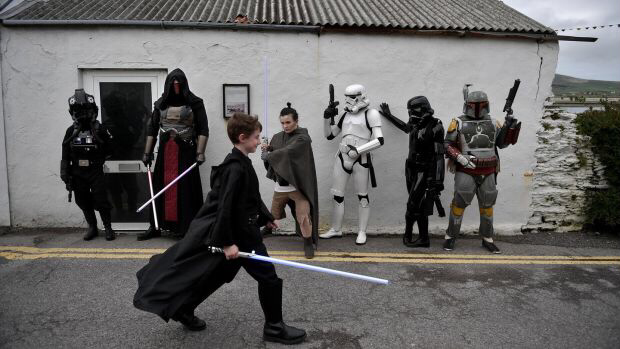
 RSS Feed
RSS Feed
